
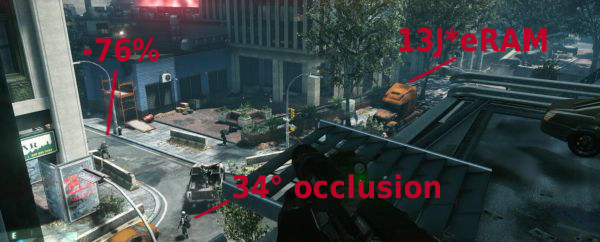

Having played
 Crysis 2
Crysis 2
,

the latest from the former technical innovators at Crytek, I have to

express that Im not only horrified, but also shocked, at the paucity of

graphical accomplishments in what should have been a groundbreaking

game.

Its quite clear that massive compromises have been made in order

to keep the console market happy, meaning the PC version of the game is

crippled to the point where its literally impossible to look at without

feeling physically sick.

I have put together some detailed analysis of

the differences between CryEngine 2 and CryEngine 3, to prove that the

developers have let everyone down.


First of all, lets take a look at the technical range.

Crysis,

built in the CryEngine 2, was capable of a 32.2m pixel spread across a

12 joule range, displayed in a dynamically generated four-part

volumetric resource buffer.

This meant a broad spectrum resonance in the

upper 40s, with significant occlusion.

However, when we perform

our benchmark tests on the CryEngine 3, it registers only 32.1m pixels

in the 12J, reducing the BSR to a measly 43, with almost negligible

ambience.


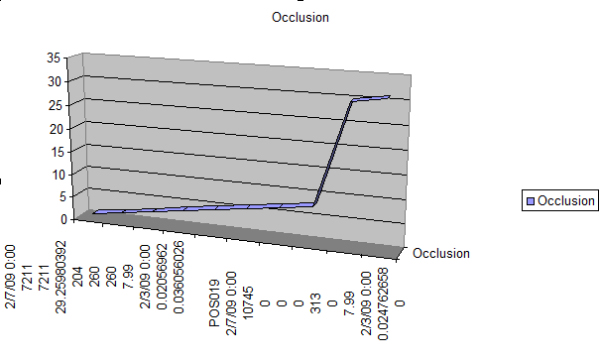

But

it gets worse once you include the Verticle

[sic]

Sync Module.


CryEngine 2 was praised by for its revolutionary VSM, significantly

upscaling especially on NVidia chipsets.

When we take a look at the CE3

VSM figures they reveal a significant drop in upscaling, and a worrying

trend demonstrating an increase in downscaling.


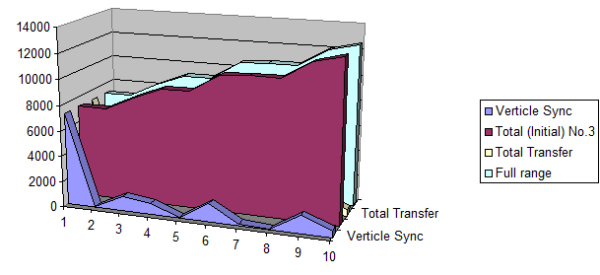

So

how does this translate in real terms? Well, lets take a look at a

simple in-game object, a basic crate model.

In order to remain impartial

weve selected boxes appearing in darker areas.

Heres Crysis:

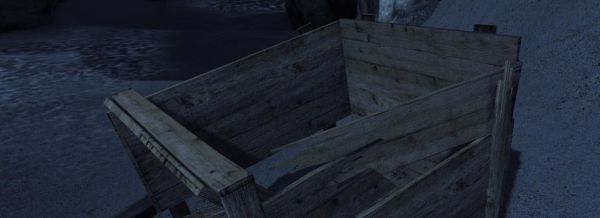

And heres Crysis 2:



At

first glance the textures in Crysis 2 may look improved, with the

appearance of more detail, and a slightly more realistic look.

Certainly

if you were only to run past them that may be the impression youre

left with.

But lets take a closer look at whats really going on here.

Heres the Crysis texture:



And heres the reality of the Crysis 2 texture:



As

you can see theres absolutely no comparison, the Crysis 2

cardboard

box barely featuring a fifth of the parametric mesh generation of its

predecessor, unquestionably as a result of the PS3′s weaker OpenMP.

Thats

at a micro scale, but the same deficiencies appear on a macro scale.


For instance, lets take a look at a scene from near the beginning of

Crysis:

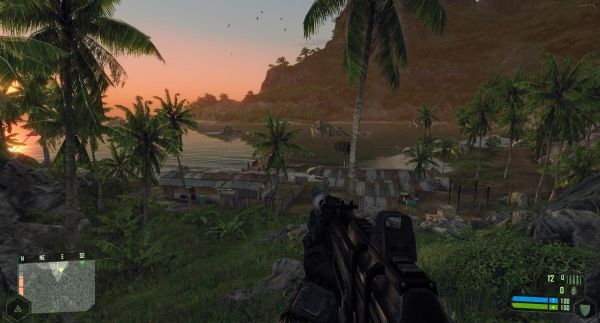

And now a scene a similar distance into Crysis 2:

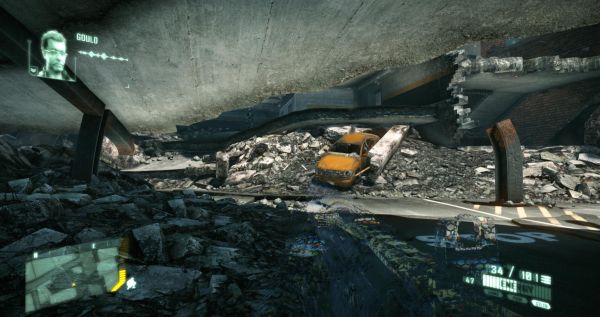

Immediately

youll notice not only a downturn in colour

(almost 32.3% by our

benchmark), but also a significant reduction in flora.

Its quite clear

that the development of CryEngine 3 for the consoles has led to a

devastating effect on the in-game environments, lowered ambient

conditions for both AI and NPCs

(inevitably as a result of the 360′s

eDRAM chip), and a raise in carbon production by over 300%.

With Crysis

having supported DX12, and Crysis 2 not even shipping with DX11 support,

its nothing short of a disgrace.

At the time of writing Crytek have refused to respond to any of the points made above, and its pretty obvious why.


(maxed out at 1080p the demo barely made my GTX280 break a sweat, wherease the first game could easily melt it!)
.
will have to give it a try on the PC.








